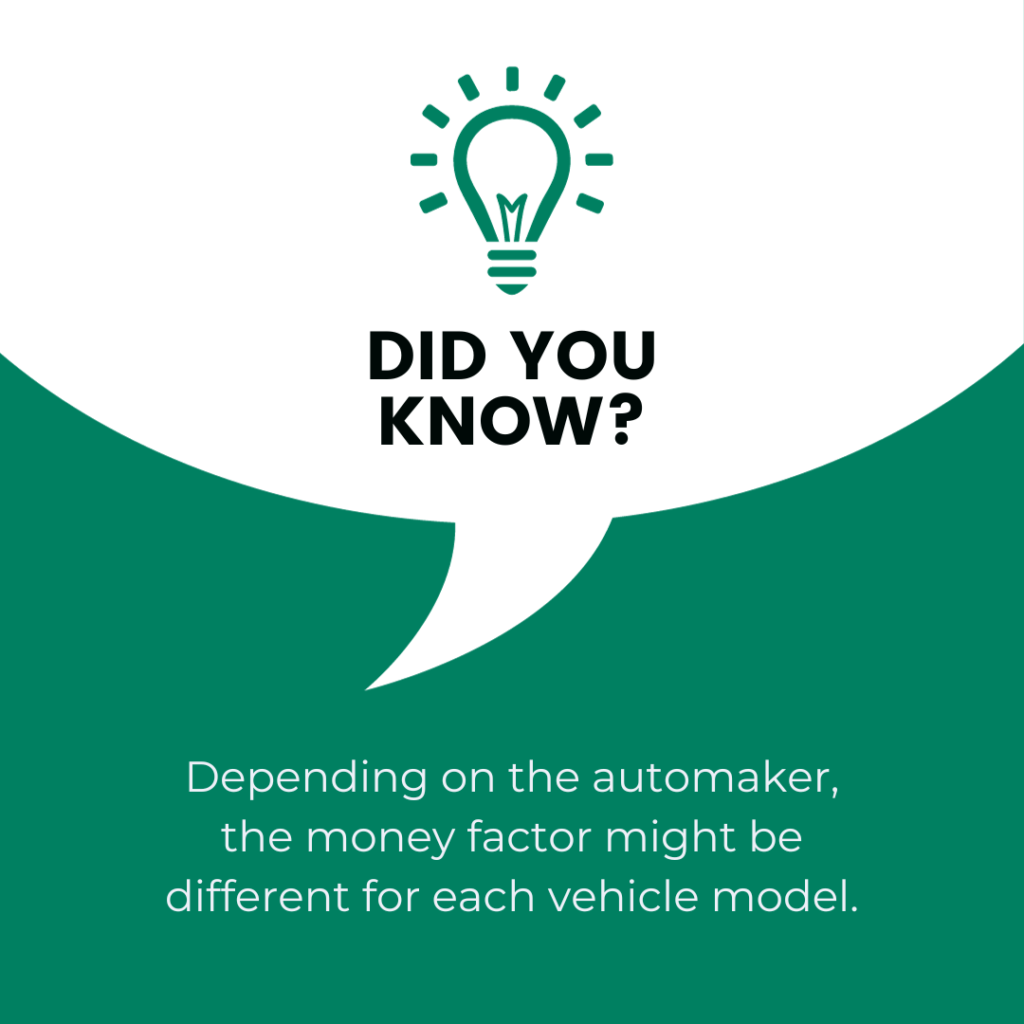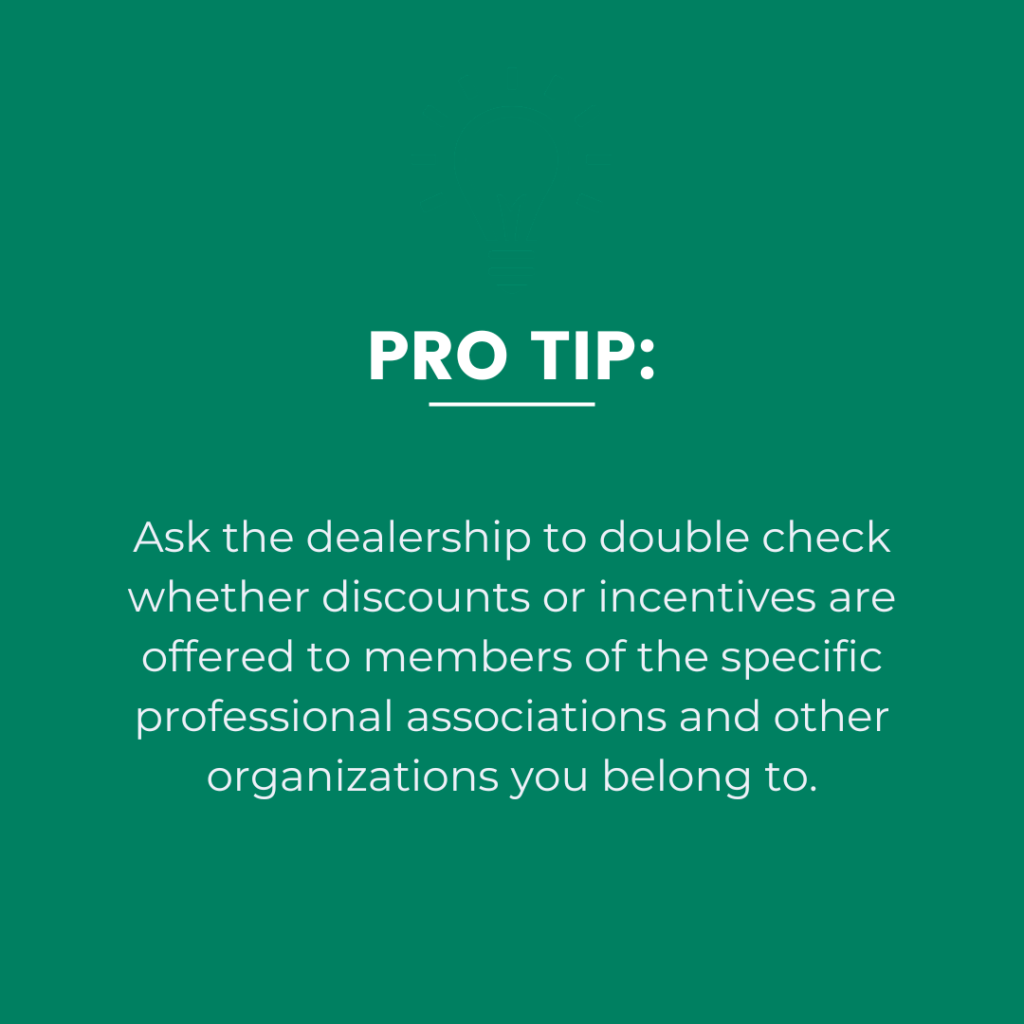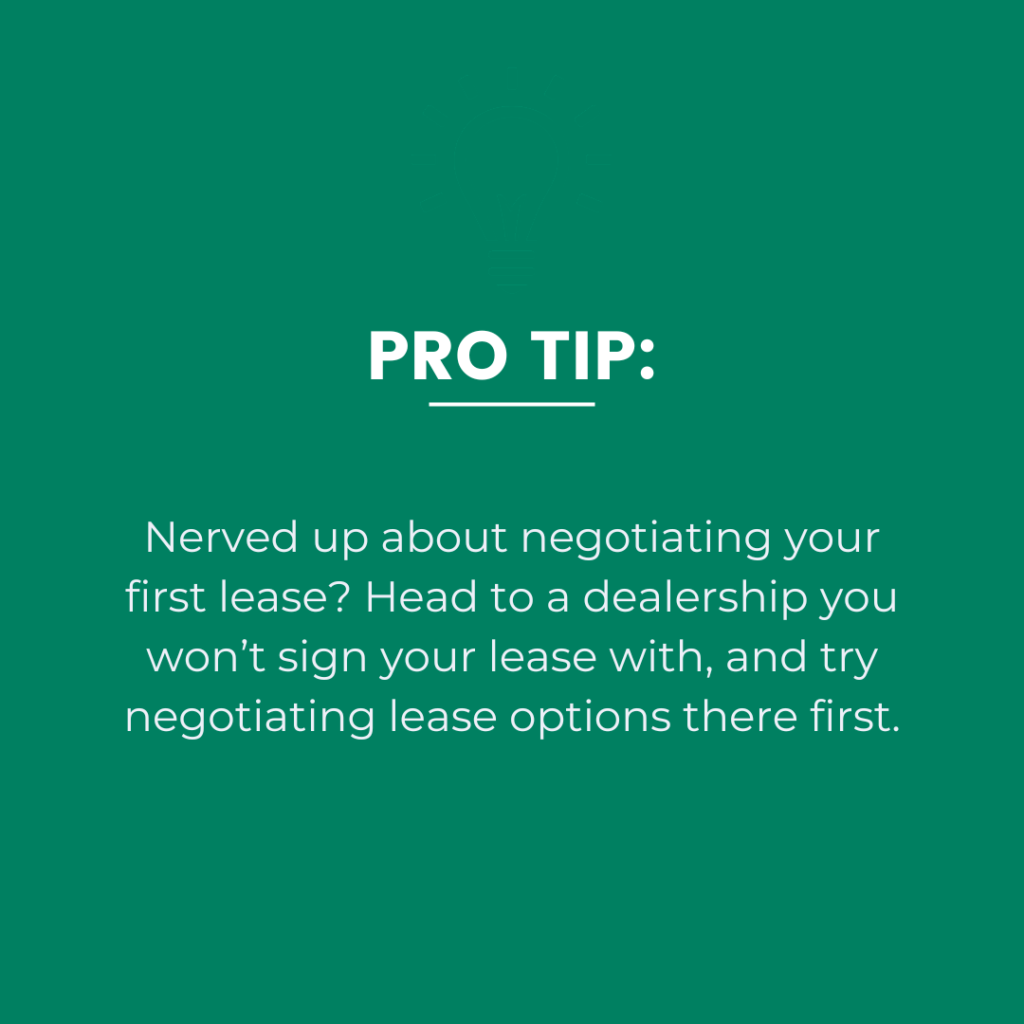Trying to sign a car lease can leave you feeling like you’ve stepped into a perplexing parallel universe. Up is down, left is right, and the road to understanding is paved with baffling terminology. But fear not, we are about to break down the basics behind the perplexing world of car leases.
Car Lease Life?
I recently found myself faced with the chaotic aftermath of my 2014 Ford Escape’s untimely demise. The once trusty companion, now a lifeless heap of metal, left me stranded on the financial highway of despair. With a sense of urgency rivaling a race against time, I embarked on a frantic quest for a new set of wheels. I navigated through the maze of dealerships and auto sale websites, scanning rows (and pages) of cars like a treasure hunter.
Before I could choose between the car lease life and purchase financing life, I had to embark on a research journey. Let’s discuss some common aspects of leases that are truly essential to understand before signing on the dotted line.
Why You Need To Know
It’s important to understand the jargon used in automobile leases for a number of reasons. It will affect both your ultimate happiness with the leasing experience and your financial commitment. It might be difficult to understand concepts like “capitalized cost,” “residual value,” and “money factor.”
Understanding these terms helps you decipher the true cost of leasing and allows for transparent financial dealings. Knowledge of lease terminology also empowers you during negotiations with dealerships, potentially securing a better deal on the overall lease terms. Not to mention, lease agreements are legal contracts. Understanding the terms ensures that you are aware of your rights and responsibilities. This knowledge can be crucial if any disputes or issues arise during the lease period.
If you’re unsure about terminology or how to negotiate a good lease deal, seek out general information and advice from online forums. You won’t regret gathering information before heading to a dealership. Once you’re at the dealership, don’t be afraid to ask more questions.
Overall, a better understanding of the basics will help ensure that you make an informed decision based on your preferences and financial situation.
Your Car Lease Dictionary
Capitalized Cost
This is calculated by combining the value of the car at the beginning of the lease plus any additional costs or fees you roll into your lease. Your capitalized cost is reduced by any down payment, discounts, or incentives.
Mileage Limits and Charges
Lease agreements typically have mileage limits and exceeding them can result in extra charges. Accurately estimating future mileage can be challenging, but it is a worthy exercise to avoid (or anticipate) extra charges. Keep in mind that overestimating your future mileage can also cost you. You typically won’t be refunded for returning a vehicle under the contracted mileage limit.
Money Factor
The money factor is the financing cost of a monthly lease payment. Similar to interest on a car loan, you can think of the money factor as the lease fee charged on top of the price of the car. It is essentially the portion of the monthly payments on a lease that is allocated to the financing cost of the lease. When evaluating leasing options, ask the dealership what the money factor is for the vehicle and payment structure you’re considering.

Negotiation Process
Negotiating a lease deal involves understanding and negotiating several factors, including the money factor and residual value. People may find this negotiation process unfamiliar and intimidating. Arm yourself with as much knowledge as possible before visiting the dealership.
Ownership vs. Usage
It can be confusing to grasp the fact that leasing does not result in ownership at the conclusion of the term. A lease is essentially a long-term rental agreement. This may change your opinion on whether leasing the best decision for you.

Residual Value
This stated value is meant to represent the anticipated value of the vehicle at the end of the lease period. Calculating residual value is especially important if you might want to purchase the vehicle at the end of your lease.
Total Cost Calculation
Calculating the total cost of leasing involves considering various factors such as the capitalized cost, residual value, and money factor. It can be challenging to determine the overall cost and compare it to purchasing a vehicle.
For example, let’s take a situation where you lease for three years then decide to finance a purchase of the vehicle at the end of the lease. To determine your total cost, you’ll want to add up your down payment, the amount paid over the course of the lease, the residual value, and the total interest to be charged on the amount of the residual value that is financed to buy the vehicle.

Wear and Tear Guidelines
Lease agreements frequently include restrictions on the amount of wear and tear that is permitted. How wear and tear is interpreted, however, can be subjective. It’s also not always obvious what qualifies as typical wear and tear. Ask dealership personnel to provide examples of what was (and was not) considered normal wear and tear in prior instances. They may try to upsell you on additional coverage, but you may ultimately decide it is worth it for you.
To navigate the complexities of leasing, it’s essential to thoroughly research and possibly seek advice from experts or individuals with experience in car leasing. Reading and understanding the lease agreement before signing is crucial to avoiding surprises and making informed decisions.

